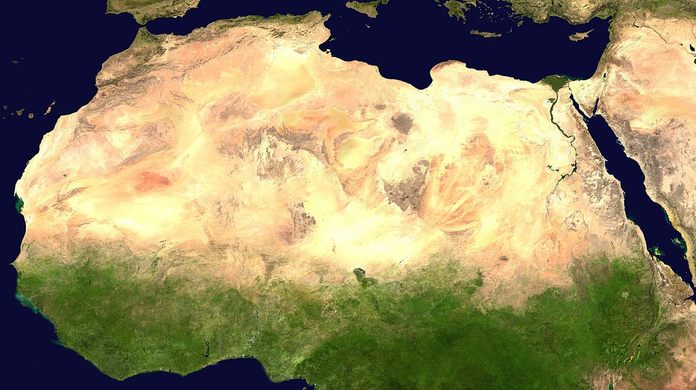The Great Green Wall of Africa
Over 4,700 miles of trees being planted to hold back the desert.
The Great Wall of China was built over a millennium to ward off nomadic raiders. With Africa’s farmlands threatened by an enemy more pernicious than any Mongolian horde, Senegal is leading a 12-nation cooperative effort to erect a living defense system aptly named, the Great Green Wall of Africa.
The Sahara is currently the second largest desert in size, only smaller than Antarctica. However, unlike its frozen relative, the Sahara is actually expanding. The United Nations estimates that, by 2025, two thirds of Africa’s arable land will be covered in Saharan sand, vastly expanding the current 9 million square kilometers. Even if these predictions prove aggressive, the effects of farmland destruction on a continent already hard-pressed for food would be devastating on any level.
With this peril in sight, the leaders of Senegal, Mauritania, Mali, Burkina Faso, Niger, Nigeria, Chad, Sudan, Eritrea, Ethiopia, and Djibouti have banded together on an unprecedented endeavor to stave off impending catastrophe. Once complete, Africa’s Green Wall will be a manmade forest of drought-resistant trees (principally acacia) stretching across the entire continent.
Nine miles wide and 4,750 miles long, the vision for the project is as ambitious as it is necessary. Thus far, only 330 miles of greenery stand guard in Northern Senegal, costing the Sengalese government over $6 million since the start of digging in 2008. International organizations have pledged over $3 billion to the monumental defense system.
Leaders point out that the Great Green Wall is about more than just protection from windblown sand. The project will bring thousands of jobs to impoverished communities, and has already transformed otherwise unusable land into gardens scattered with tree nurseries. The influx of tourists, scientists, and medical professionals has also brought attention and resources to a neglected region in which aid is scarce and doctors are not readily available for the needy populations.


















Follow us on Twitter to get the latest on the world's hidden wonders.
Like us on Facebook to get the latest on the world's hidden wonders.
Follow us on Twitter Like us on Facebook